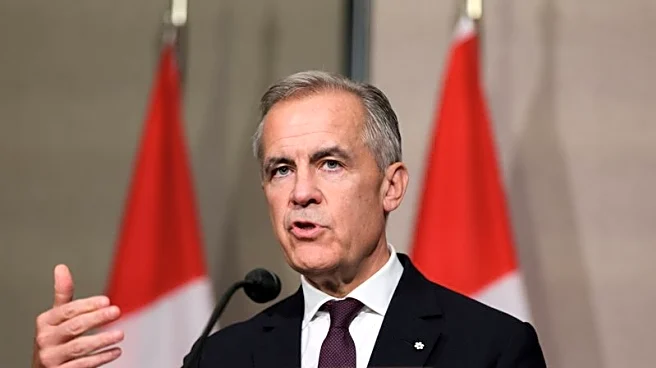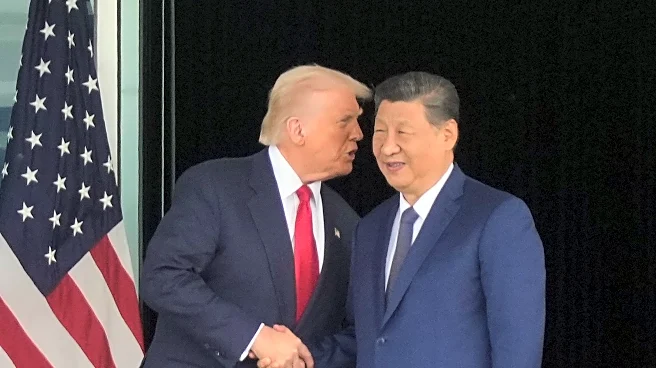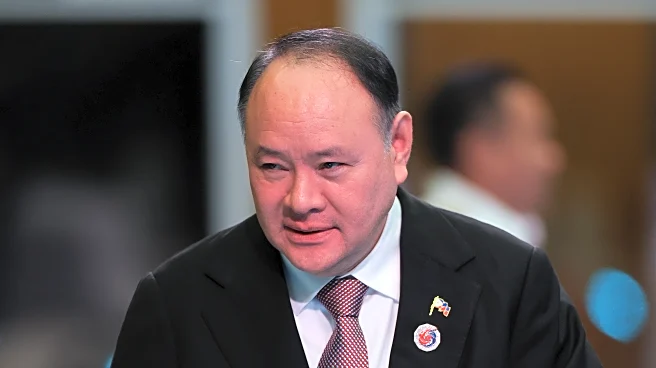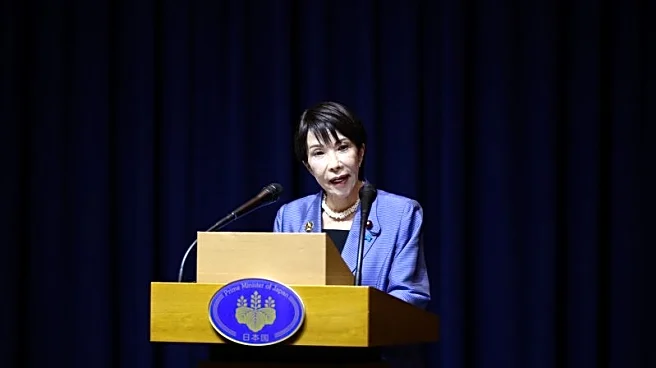TOKYO (Reuters) -Japan's Toyota Motor is expected to post a second consecutive quarterly operating profit decline on Wednesday, as U.S. tariffs and supply-chain risks weigh on its operations despite robust global sales of hybrid vehicles.
The world's best-selling automaker is forecast to report a 25% year-on-year profit drop to 863.1 billion yen ($5.72 billion) for the July-September quarter, according to the average estimate of eight analysts surveyed by LSEG.
Such a result would mark Toyota's weakest
performance since the fourth quarter of fiscal 2022, highlighting the impact of macroeconomic factors after strong hybrid sales and a favourable exchange rate fuelled a record earnings streak.
"One thing in focus is whether they will change guidance," said Seiji Sugiura, senior analyst at Tokai Tokyo Intelligence Laboratory.
"They could do so mainly because of a weaker yen and because tariffs have been set at 15%. Given those factors, they can make an upward revision, but it's also possible they won't do it."
Global sales of Toyota and its luxury Lexus brand vehicles reached 7.8 million units in the first nine months of the year, up 5% from a year earlier. Toyota has benefited from a shift in consumer preference toward high-margin hybrid vehicles, especially in the U.S., its biggest market where sales rose 8% year-on-year over the period.
Sales in China and India posted gains of 5% and 12%, respectively.
The automaker continues to grapple with tariffs imposed by Washington on global auto imports, including from Japan, for which the import levy is set at 15%.
At its previous earnings announcement in August, Toyota estimated a hefty 1.4 trillion yen hit from the levies and slashed its full-year operating profit forecast by 16% to 3.2 trillion yen. Investors will be watching closely for any further revision.
Hybrid cars accounted for 42% of Toyota and Lexus sales over the six-month period ending in September, while battery electric vehicles made up less than 2%.
Toyota's shares have edged up less than 1% from late last year, compared to the 29% rise in the benchmark Nikkei index, reflecting caution amid global economic uncertainties.
(Reporting by Daniel Leussink; Editing by Muralikumar Anantharaman)















